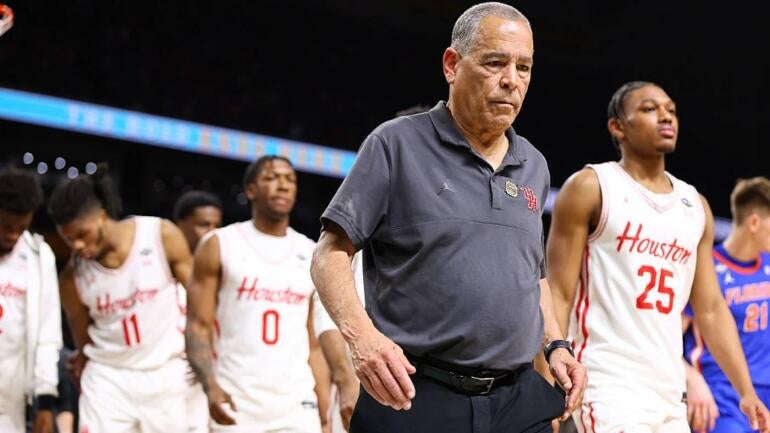
The Influence of NIL on College Basketball: A Detailed Analysis Revealing Unexpected Trends
This article discusses the notable impact of the NIL era on college basketball, focusing on the differences in team performances and successes.
Over the last few years since the introduction of the Name, Image and Likeness (NIL) regulations on July 1, 2021, many of the same college basketball teams and coaches who consistently excelled before this era have maintained their success. Coaches like Mark Few of Gonzaga and Bill Self of Kansas stand out as prime examples of continued excellence.
However, the NIL era has also created disparities in success between programs. The shift has allowed some teams to thrive by utilizing expanded resources, while others have struggled.
A notable point of discussion is the contrasting outcomes seen across teams’ performances. For instance, Gonzaga, Kansas, and Duke achieved over an 80% winning rate between 2001 and 2021, outperforming many competitors.
Winning Percentages Analysis
Here’s a detailed overview:
| Rank | School | Total Games | Wins | Losses | Win % |
|---|---|---|---|---|---|
| 1 | Gonzaga | 720 | 604 | 116 | 83.9 |
| 2 | Kansas | 748 | 611 | 137 | 81.7 |
| 3 | Duke | 741 | 599 | 142 | 80.8 |
| … |
As the NIL era progresses, data indicates an increase in teams achieving similar or better success rates. In the current data set, 11 teams have exceeded a 75% win rate, almost three times the historical occurrence. Notably, teams such as Gonzaga, Drake, Saint Mary’s and Grand Canyon have emerged as significant contributors despite not being traditional powerhouses.
Summary
The NIL landscape is still evolving, but initial evaluations suggest it is fostering both opportunities and challenges among college basketball programs.


